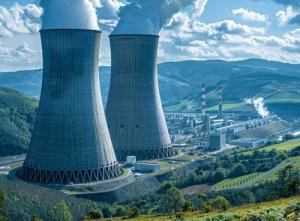Getting Projects Right
Tom Flaherty is Senior Advisor at EY-Parthenon and author of Bright Moves: How U.S. Utility Innovation is Driving the CleanTech Transition. Mile Milisavljevic is a Partner with EY-Parthenon.
Growth expectations for the nuclear sector typically start with great promise for the future, reflecting a belief that prior lessons learned have been thoroughly studied and incorporated into the next project, even if years pass between the last plant and the next one. But each time a nuclear renaissance looks possible, events arise to constrain its progress.

From the late 1970s through the 1980s, economic conditions, including high interest rates, were not hospitable for financing costs. In addition, the Browns Ferry Nuclear Plant fire and the partial core meltdown at Three Mile Island upended existing U.S. Nuclear Regulatory Commission (NRC) standards and requirements.
Together, these events adversely impacted the expected commercial operations dates for dozens of under-construction nuclear plants, resulting in sector-wide delays, some of which extended over a decade.
But increased regulation and higher interest rates were not the only causes of skyrocketing costs and ratcheting delays. Owners of nuclear projects frequently suffered internal process failures in project management, design readiness, production performance, field execution and quality assurance, which exacerbated already uncertain project outcomes. Generation II (Gen II), Gen III (1965–1987) and Gen III+ (2006–2024+) projects consistently had process failures that drove nuclear power from too cheap to meter to too expensive to undertake.

